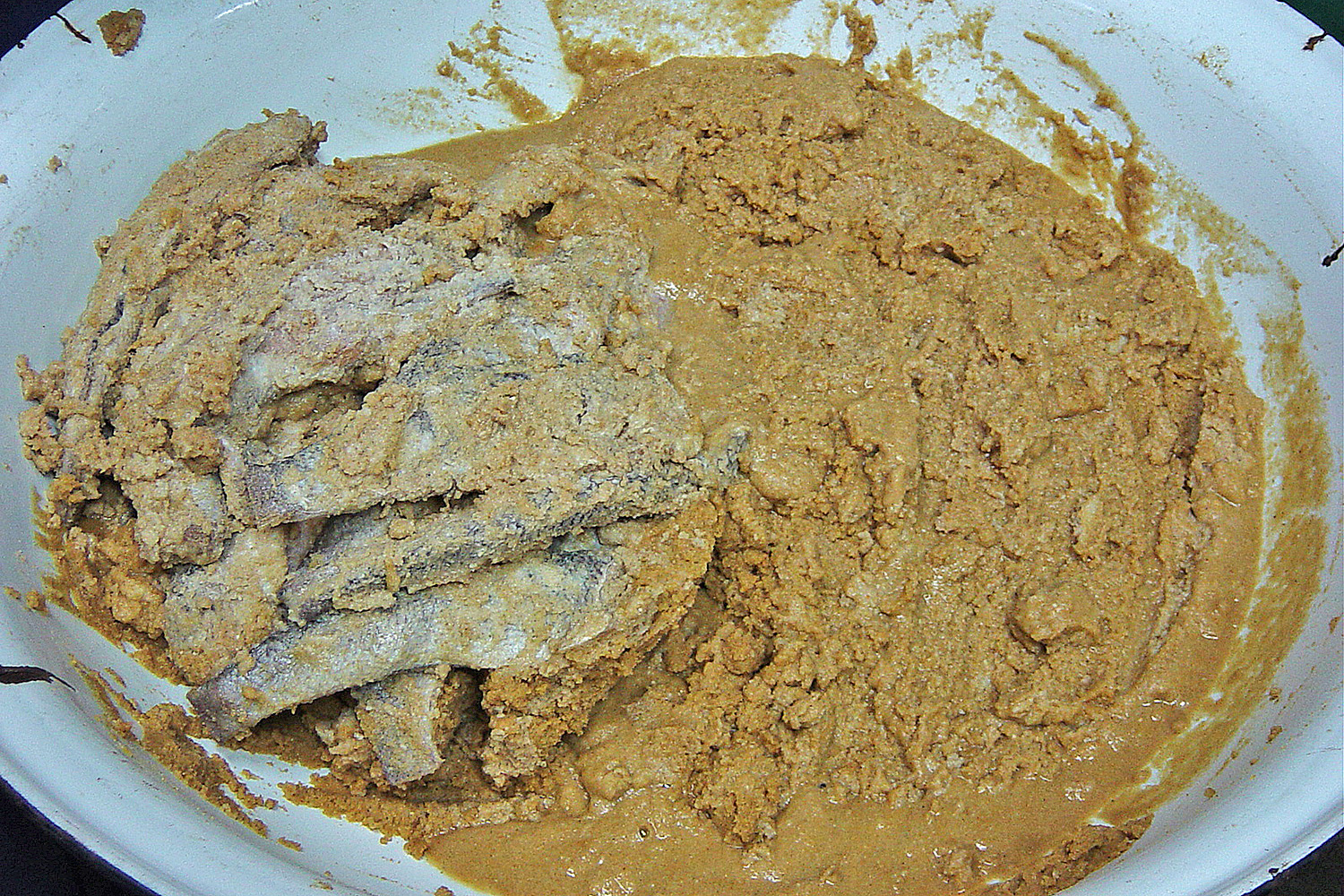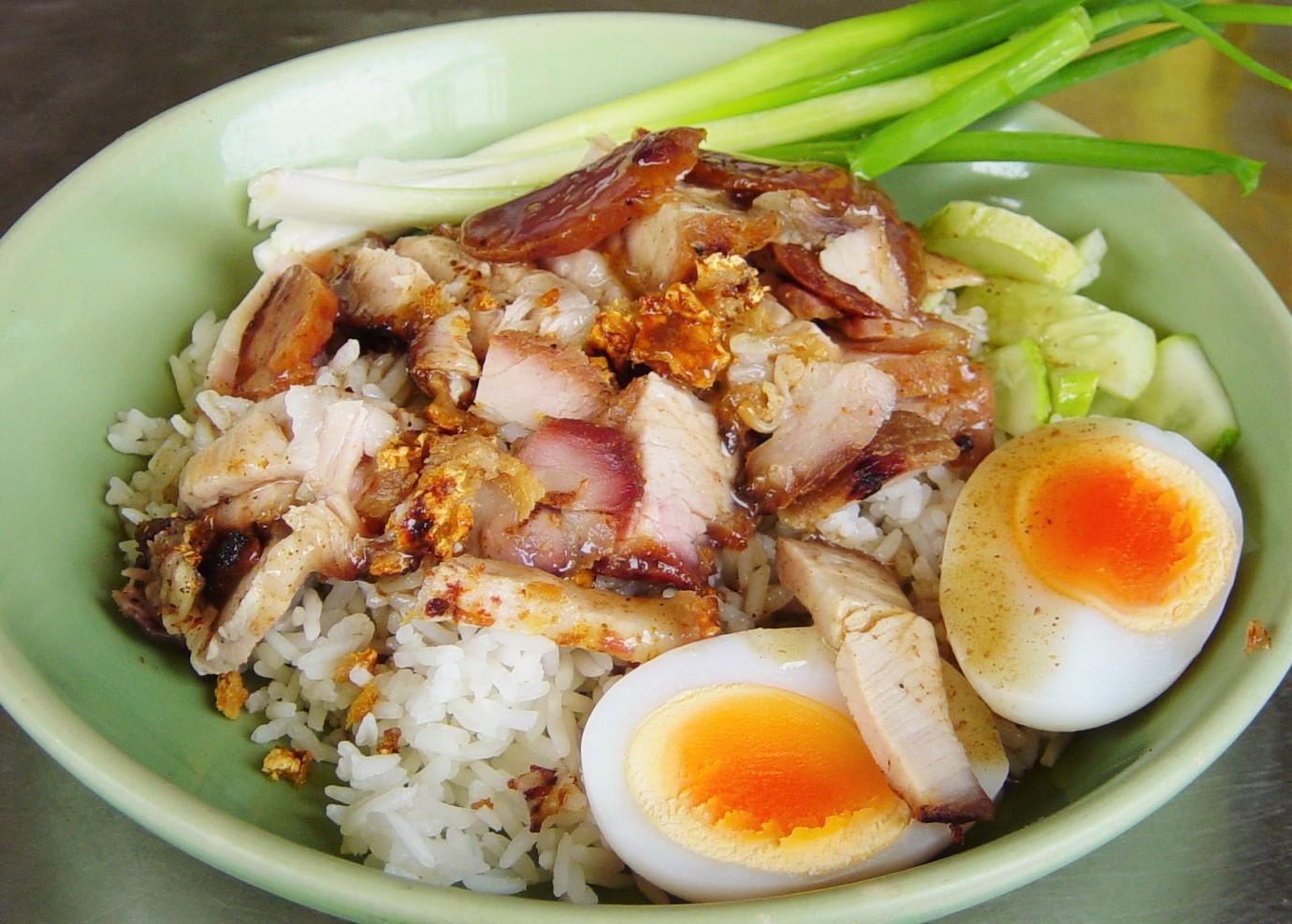Showing 1 - 10 of 46
The reverent relationship of man and beast
Life, Suthon Sukphisit, Published on 17/08/2020
» In the old days, farmers considered buffaloes their best friends and they were deeply bonded. The animals were not just powerful, but were also very reliable helpers in rice fields. Nowadays, we rarely see the beasts working in the fields because they have been replaced by machines.
Food for thought
B Magazine, Suthon Sukphisit, Published on 11/08/2019
» Designing a good kitchen is a tricky task that requires a lot of thought and planning. Kitchens in modern housing, however, often seem to be something of an afterthought.
What is the secret to culinary success?
Suthon Sukphisit, Published on 07/07/2019
» Have you ever wondered why there are so many restaurants and food shops in Thailand? How do they create their dishes? How many different types of restaurants are there? Are all of them successful? How do the successful manage to maintain their popularity?
Unknown pleasures
B Magazine, Suthon Sukphisit, Published on 30/06/2019
» Culture Minister Vira Rojpojchanarat said his ministry will seek to have tom yum goong (spicy prawn soup) listed by Unesco as part of the country's tangible cultural heritage. That the ministry is giving some attention to Thai food culture makes for a welcome, and somewhat surprising, change.
The lotus eaters
B Magazine, Suthon Sukphisit, Published on 16/06/2019
» The lotus flower may be small in size, but culturally, it holds great significance for Thais and Buddhists around the world. The lotus, a plant that emerges from mud and rises above water, is a symbol of purity. Symbolically, it cleanses and purifies. Buddhists use lotus flowers as offerings to convey their sincere respect for monks and venerated figures in Buddhism.
An acquired taste
B Magazine, Suthon Sukphisit, Published on 09/06/2019
» Pla ra (fermented fish) is a big part of Thai cuisine. Thais, like Mon, Cambodians and Vietnamese, have a long tradition of eating fermented fish. In Isan, people traditionally make their own pla ra. And when children there are old enough to eat solid food, the first thing their parents usually feed them is freshly-steamed glutinous rice dipped in pla ra.
The non-national national dish
B Magazine, Suthon Sukphisit, Published on 26/05/2019
» Chinese food served in Thailand can be divided by Chinese language groups. The Cantonese specialise in roasted and grilled dishes such as roast duck, grilled pork, bamee moo daeng (noodle with red pork), and bamee rad na naw mai (noodle topped with bamboo shoots in gravy). Hakka Chinese are very good at preparing noodles served with pork balls and tofu balls. The Hainanese are famous for khao man gai (Hainanese chicken rice) and stewed mutton while the Suchow Chinese (Teochew) are experts in boiled and stir-fried foods.
To catch a school of mullets
B Magazine, Suthon Sukphisit, Published on 19/05/2019
» A new method to catch mullets has been widely circulated via YouTube. The person who invented this technique said it's for fun and he is planning to make this fishing tool for sale to fishing enthusiasts.
Making a good meal start at home
B Magazine, Suthon Sukphisit, Published on 28/04/2019
» Why do people in Bangkok rely mostly on food from vendors or restaurants? There are multiple answers to this. Some spend most of their time on the road. Cooking is not allowed in some apartments and condominiums. Hoarding ingredients like meat and vegetables is too complicated for some. Others have no cooking experience. Or believe it's a waste of time. Some think it costs more to cook at home than dining out.
A family's pride
Life, Suthon Sukphisit, Published on 21/04/2019
» In the old days, when it came to food-related social structure in rural areas, cooking was the responsibility of housewives who inherited their cooking skills and know-how from their mothers.













